Questionwhen should i worry about putting my dogs inside for the winter? How cold does it have to get before I have to worry about my dogs?
AnswerIf your dogs are purebred Siberian Huskies who are accustomed to the cold, they can go down to temperatures well below 0 F. In fact, arctic dogs routinely do just fine at temperatures up to -40, and groups/packs of the dogs can huddle together for warmth and easily survive at a drop of another 20 degrees F. However, not everyone has purebred Sibes who are accustomed to the weather. Here's someways to check:
1) If the dog has shelter with warm bedding (hay/straw work well), the dog can definitely survive colder temperatures much easier. Keep an eye on the dog, and if they are their shelter, that means it's starting to get cold to them. If the dog is still laying out on the frozen ground - it's not too cold.
2) Watch for the way the dog lays down. If the dog is spread out, it's not cold. If the dog curls up into a small ball, with the tail covering the face, the dog is conserving heat. This means the dog is indeed cold.
After observing these things, it doesn't necessarily mean to bring the dog in if it is curled up or in the a shelter, but it does tell you when the dog is feeling a little chill. The best indication is to check the dog itself. My best indication is to check the chest area of the dog - if it is cold, the dog's body is not keeping the warmth and needs some help. If the dog's chest is warm (after getting through the layers of fur), then the dog's core temperature is keeping the heart and lungs warm, which will in turn keep the rest of the body at a reasonable temperature.
I hesitate to give a specific temperature because each dog is different, but I have two purebred Siberians who are from racing lines and definitely aren't foreign to cold weather and snow. When the temperature gets down to around 0 F, I usually make sure to offer the inside to them - one almost always takes it, the other almost always wants to stay in her little shelter, curled up. Wind and water (snow/ice) are enemies though, so make sure the dogs have adequate protection there. If you live in warmer climates that only drop to below freezing every once in a while, you may have dogs with much thinner coats, and 20 or 30 F might be a good time to check up on them.
Hope that helps some, and if you need more information or clarification, let me know a little more about your dogs and I can help out.

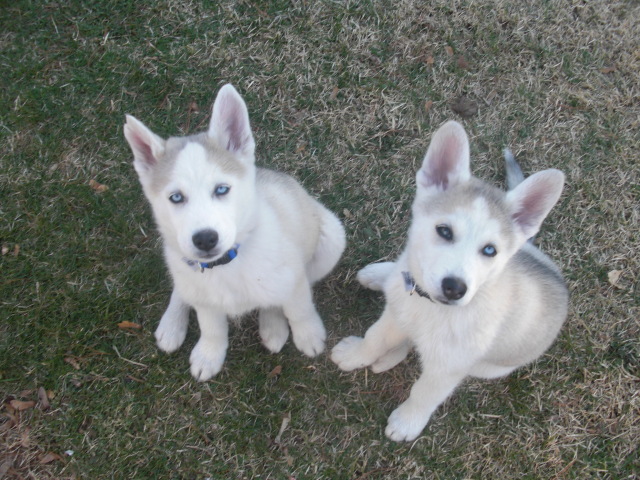 2 12 week old Husky brothers play/fighting
QuestionJasper & Sigmund
QUESTION: Two weeks
2 12 week old Husky brothers play/fighting
QuestionJasper & Sigmund
QUESTION: Two weeks
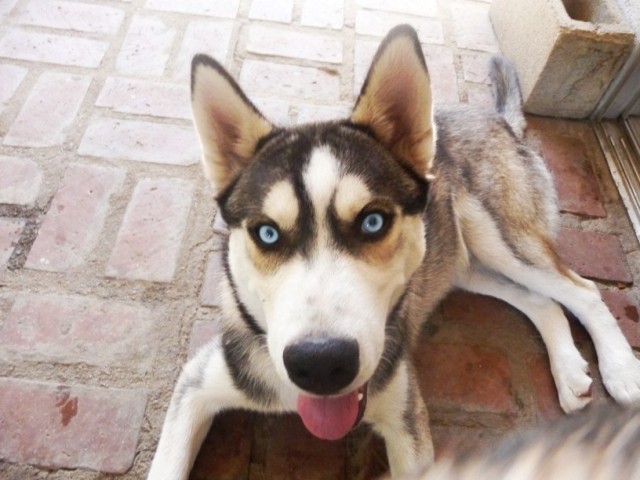 Husky Color
Question
Orion
Hi I have a beautiful 6 months old husky
Husky Color
Question
Orion
Hi I have a beautiful 6 months old husky
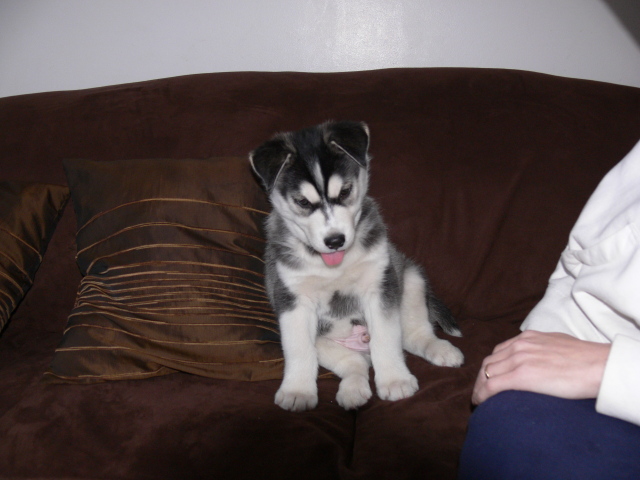 Husky Puppy Weight
Question
Zeus The Puppy
Hi we got Zeus at 6 1/2 weeks o
Husky Puppy Weight
Question
Zeus The Puppy
Hi we got Zeus at 6 1/2 weeks o
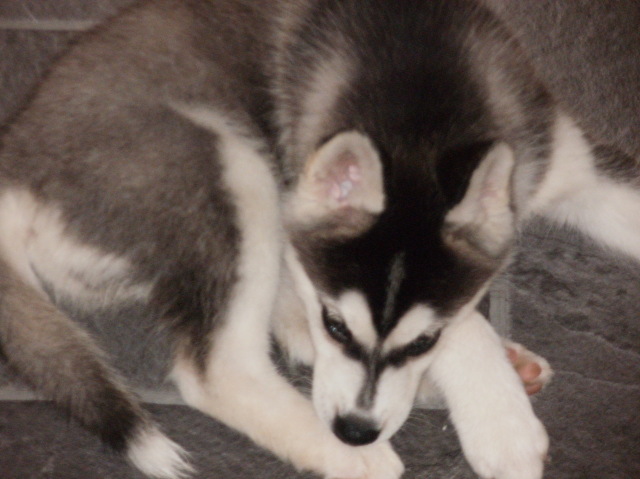 Bath Time
Question
Keiko
Hi we have a 14 week old Siberian named
Bath Time
Question
Keiko
Hi we have a 14 week old Siberian named
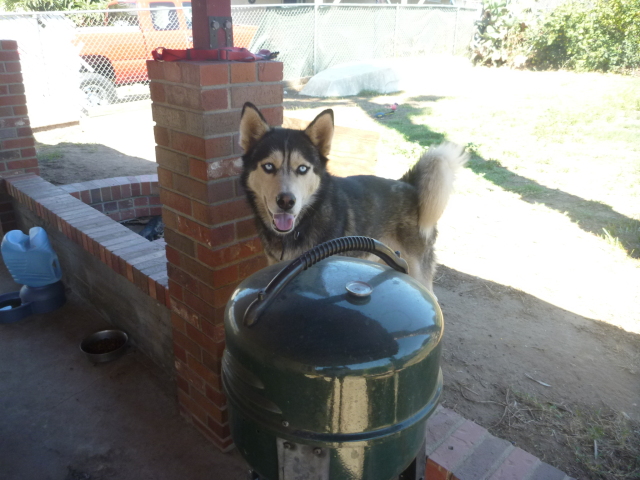 My husky and other dogs.
Question
Kona
My siberian husky, Kona, is 2years old an
My husky and other dogs.
Question
Kona
My siberian husky, Kona, is 2years old an